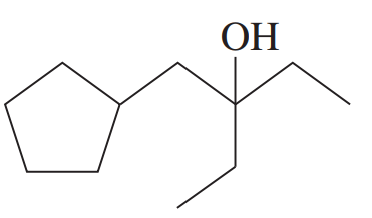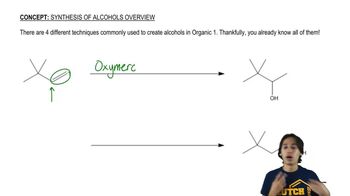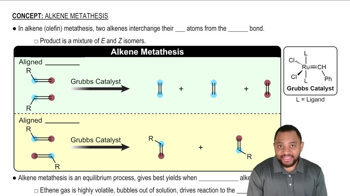What is the major product of the reaction of 2-methyl-2-butene with each of the following reagents?
g. H2O + H2SO4

 Verified step by step guidance
Verified step by step guidance Verified video answer for a similar problem:
Verified video answer for a similar problem:



 6:32m
6:32mMaster General properties of acid-catalyzed hydration. with a bite sized video explanation from Johnny
Start learning